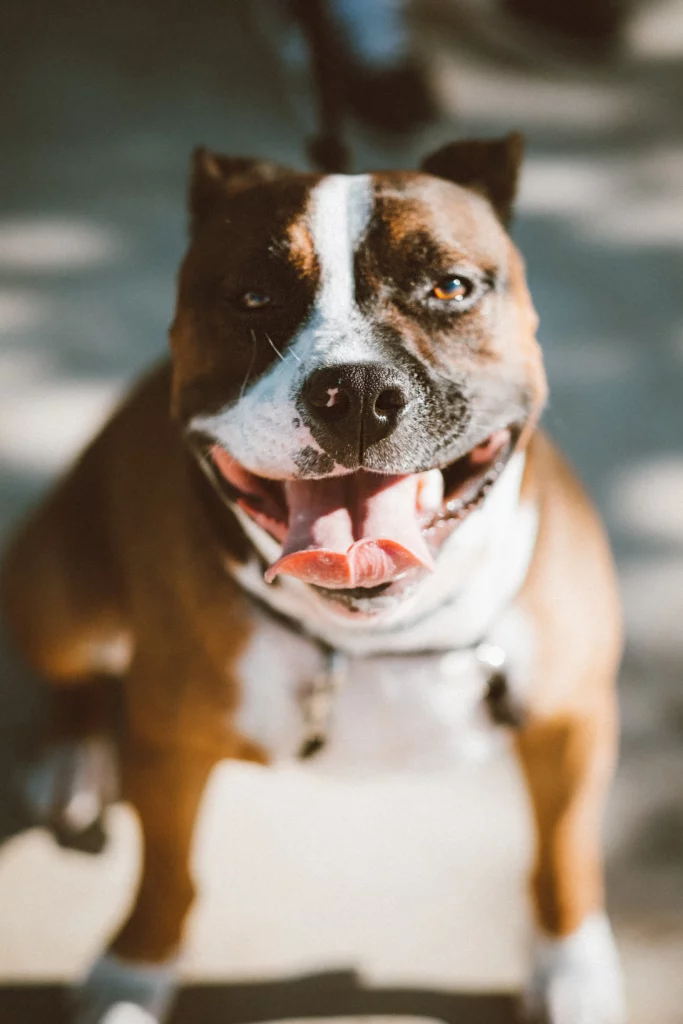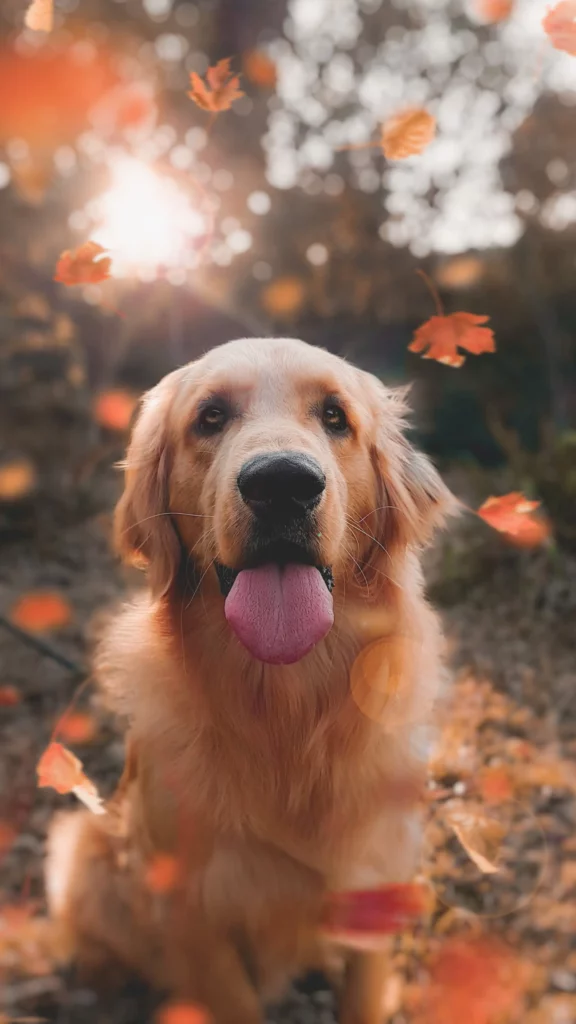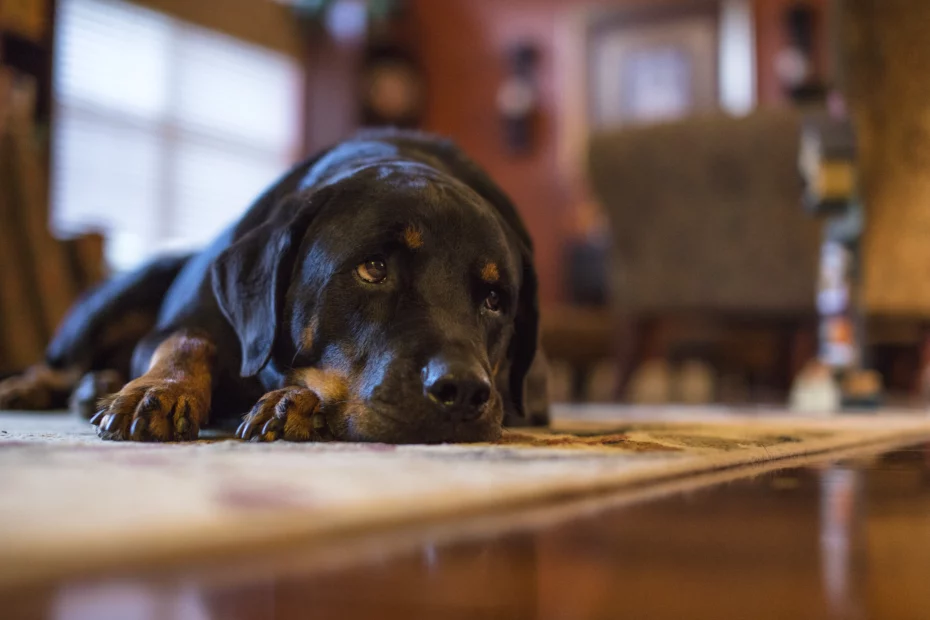There are many theories as to why dogs may pant and become restless, but the most common theory is that they are experiencing a medical condition. It could be that they are hot and need to cool down, or they could be anxious and need reassurance. If your dog is panting and restless, it is best to take them to the vet to rule out any medical causes.
What causes dog panting and restless?
-Anxiety
Dogs may start to pant and pace when they are anxious or stressed. This may be due to a change in routine, a move to a new home, the addition of a new pet or baby to the family, or a traumatic event.
-Excitement
Dogs may also pant and pace when they are excited, such as when they see their favorite person or another dog.
-Pain
If your dog is panting and restless due to pain, they may also whine, cry, or avoid being touched.
-Heat stroke
Dogs can suffer from heat stroke if they are overexposed to heat or exercise too strenuously in hot weather. Symptoms of heat stroke include panting, restlessness, and excessive drooling.
-Heart disease
Dogs with heart disease may pant and pace due to difficulty breathing. If your dog is panting and restless and has other symptoms of heart disease, such as coughing, exercise intolerance, or fainting, you should take them to the vet for an evaluation.

Several warning signs that may indicate your dog is panting and restless due to a medical condition
-Excessive panting
Some signs that a dog may be panting excessively include heavy or rapid breathing, increased heart rate, and excessive drooling. If a dog is panting to the point that they are having difficulty catching their breath, it is a medical emergency and they should be seen by a veterinarian immediately.
-Restlessness
Some of the most common include pacing, panting, and whining. Your dog may also have a difficult time settling down, and may seem to be constantly on the move. If your dog is exhibiting any of these behaviors, it may be restless.
-Anxiety
Every dog experiences anxiety differently. Some common signs of anxiety in dogs include whining, shaking, and hiding.
-Pacing
Dog pacing may look like a dog walking back and forth in a straight line, or it may look like a dog walking in a circle.
-Unable to sit or stand still
Unable to sit or stand still – A dog may be unable to sit or stand still due to a number of reasons, including pain, fear, excitement, or hyperactivity.
-Dog panting at night
There are a few reasons why a dog may pant at night. One reason may be that the dog is too hot and is trying to cool down. Another reason may be that the dog is anxious or stressed.
If the panting is accompanied by other symptoms, such as restlessness, pacing, or whining, it is likely that the dog is experiencing some sort of distress. If your dog is panting at night and you are unsure of the cause, it is best to consult with a veterinarian.
-Increased heart rate – respiration rate in dogs
There are many possible reasons for an increased heart rate in dogs, including exercise, excitement, fear, and stress. If the heart rate is significantly elevated and accompanied by other symptoms, it may be a sign of a more serious condition and should be evaluated by a veterinarian.
A dog’s pulse can be checked by feeling the femoral artery, which is located on the inside of the hind leg, just below the thigh. The pulse should be regular and the rate can be counted by counting the number of beats in 15 seconds and multiplying by 4. A normal heart rate for a resting dog is 60-140 beats per minute.
-Dog breathing heavy
There are many reasons why a dog might have difficulty breathing. It could be due to an obstruction in the airway, an infection, or a heart condition.
If your dog is having difficulty breathing, you will likely notice that they are panting excessively, making noise when they breathe, or having difficulty getting enough air. If you notice any of these signs, it is important to take your dog to the vet as soon as possible so that they can be diagnosed and treated.
-Seizure – what does a dog seizure look like?
There could be many reasons why a dog might collapse. Some potential causes include heart disease, heat stroke, low blood sugar, and blood loss. If your dog suddenly collapses, it is important to seek veterinary care immediately. Your veterinarian will be able to determine the cause of the collapse and provide the appropriate treatment.
A dog seizure can look like a variety of things, depending on the type of seizure. Some seizures may cause the dog to collapse and become unconscious, while others may cause the dog to make jerking movements or twitch, loss of bowel or bladder control, drooling, and chomping.

What can you do?
You can help your dog cool down by providing them with water, shade, and a comfortable place to rest. If your dog is anxious, try providing them with a favorite toy or blanket. You can also try calming techniques such as massaging their ears or offering treats. Other techniques include turning on a fan or playing soft music.
If your dog is displaying excessive panting and restless behavior, take them to the veterinarian for a check-up.
Conclusion
There are many potential causes for a dog to pant and be restless. If the dog is panting and seems uncomfortable, it is best to take them to the vet to be sure there are no underlying health concerns. It is important to take note of any other symptoms the dog is experiencing in order to give the vet the best possible picture of the dog’s health.
Watch out for the signs of heat stroke in dogs, which include heavy panting, restlessness, increased body temperature, and vomiting.it is important to take them to the vet immediately. Heat stroke can be fatal for dogs, so it is important to get them treated as soon as possible.
